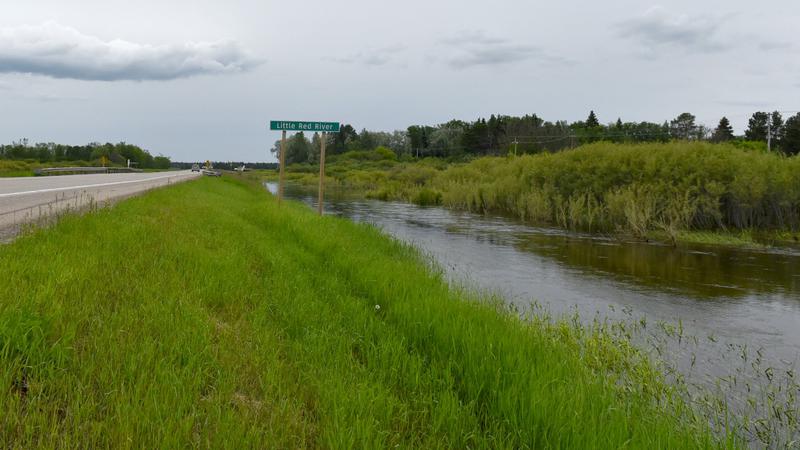
Farmers along Little Red River lose out to high water
A group of farmers along the Spruce (AKA Little Red) River is questioning how water levels are being managed, starting at Anglin Lake and running all the way to the North Saskatchewan River.
At least two sections of farmland along the Pulp Haul Road north of Prince Albert are currently covered with water and some of the farmers said they were told what happened in 2013 would not happen again – but it has.
“The information that we were told at that time was is that this was a once in a lifetime event. And you know, it’ll never happen again. Well, here we are not, you know, 9-10 years later and it’s happening again,” said Adam Mazurkewich.
He estimates between 50 and 60 farmers or landowners along the river are being impacted by the high water levels.


